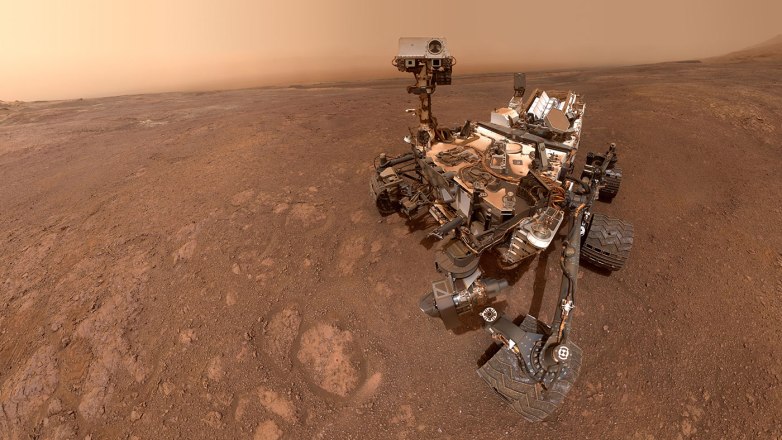Many of the scientists are curious about the whereabouts of Mars, and the biggest space organisation, NASA, is one of them. According to a report by the New York Times, Curiosity, the motor vehicle sent by Nasa to Martian surface, has discovered the largest amount of methane ever measured during its mission. Times published the news on Saturday, after receiving a private email from Ashwin Vasavada, one of the project scientists on the mission.

NASA on Monday confirmed the news, by saying that the amount of the methane that Curiosity has found, in the span of seven years of its mission, is about three times higher than previous detections. The organisation also doubts that the origin of the gas may be biological, arising hopes for the possibility of life on Mars, one of the sources of methane can be microbial life. Though, methane can be originated through other sources including geothermal reactions involving water and heat, or through interactions between water and rock. But, Curiosity lacks the tools that can identify the origin of methane on Mars, and from where it is generated. So Nasa has also denied commenting on the same.
According to the blog post published by Nasa on Monday, the finding reveals that the rover discovered about 21 parts per billion units by volume (ppbv) of methane, through its Sample Analysis at Mars (SAM) tunable laser spectrometer. And, one ppbv means that if a volume of air is taken to Mars, one billionth of the volume of air will be methane.
The organisation also revealed that the rover has detected Methane on the Martian surface several times before, and always there was a difference between the level of methane during every other season. Nasa hasn’t been able to know the reason behind the difference in the level of methane in these different seasons. The organisation also detected the gas on the surface of Mars in 2004, but the scientists were unable to detect its source, at that time.
Nasa will be conducting a few more experiments to know more about the sources of Methane and will be collaborating with different space organisations, including the European Space Agency’s Trace Gas Orbiter. The latter has been exploring the Mars’ orbit and has notified that it has not detected any methane during the period of one year of its research. Nasa mentioned that it will be matching up the reports from the latter and will carry out some experiment to get extra details on the finding.

Yashica is a Software Engineer turned Content Writer, who loves to write on social causes and expertise in writing technical stuff. She loves to watch movies and explore new places. She believes that you need to live once before you die. So experimenting with her life and career choices, she is trying to live her life to the fullest.
